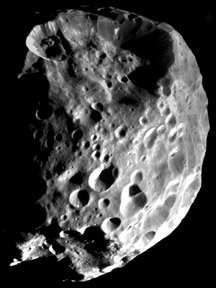This picture shows the surface of Phoebe. There are many large craters on Phoebe's surface. The picture was taken by the Cassini spacecraft in 2004.
Click on image for full size
Image courtesy of NASA/JPL/Space Science Institute.
Phoebe
Phoebe is the name of a moon of
Saturn. Phoebe is a fairly small moon. It is about 220 km
(137 miles) across. Eight of Saturn's moons are larger than Phoebe. A whole
bunch
of Saturn's moons are smaller than Phoebe.
An astronomer
named William
Henry Pickering discovered Phoebe in 1898.
The name "Phoebe" comes
from Greek mythology. In the Greek
myths, Phoebe
was the daughter of Uranus and Gaia.
She was also the
grandmother of Apollo and Artemis.
Some things about Phoebe are strange. The moon moves around Saturn in a very
odd orbit. Most of Saturn's moons are very light in color, but Phoebe is very
dark.
Why is Phoebe so strange? Many astronomers think Phoebe used to be an asteroid or Kuiper
Belt Object. They think Saturn's strong gravity captured Phoebe sometime
long ago.
Astronomers want to learn more about Phoebe. Right now, our only pictures
of Phoebe are very fuzzy. They were made by Voyager
2 in 1981. Soon we should have much better pictures! The Cassini
spacecraft will fly very close past Phoebe on June 11, 2004.
You might also be interested in:

In Greek mythology, Apollo was the son of Zeus (Jupiter) and Leto (Letona). His twin sister is Artemis (Diana). He was the god of the Sun, and was also a fine musician and healer. He was known as the god
...more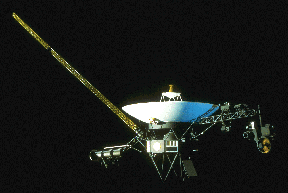
Unexpected discoveries made by the two Voyager spacecrafts during their visits to the four largest planets in our solar system have changed the field of space science. Voyager 2 was launched on Aug. 2
...more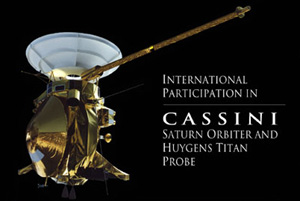
Cassini is the name of a robot spacecraft. Cassini is studying the planet Saturn. It is also studying many of Saturn's moons and Saturn's cool rings. Cassini blasted off from Earth in 1997. It took Cassini
...more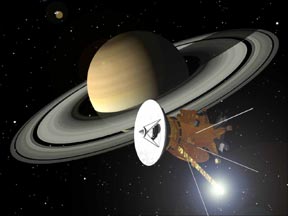
A spacecraft named Cassini will soon get to Saturn. Cassini will start to orbit Saturn on July 1, 2004. It will study Saturn for the next four years. Cassini had to travel for seven years to get to Saturn
...more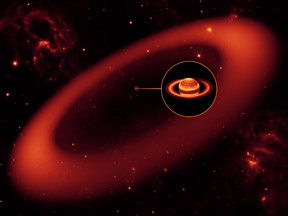
The Phoebe Ring is one of the rings around the planet Saturn. The Phoebe Ring is much bigger than Saturn's other rings. It is about 100 times larger than the main ring system. The ring was discovered by
...more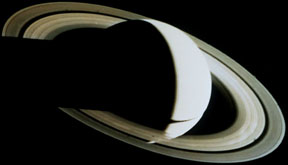
Have you ever seen a picture of Saturn's rings? If you have ever seen a picture of Saturn, it's likely you saw its rings too! The rings are very pretty and many colors. They circle around the middle of
...more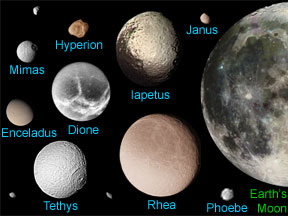
Saturn has // Call the moon count function defined in the document head print_moon_count('saturn'); moons. Many of those are tiny chunks of rock or ice only a few kilometers (miles) across. One of Saturn's
...more


